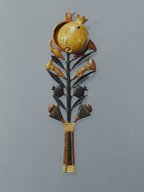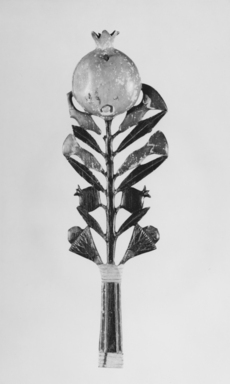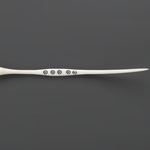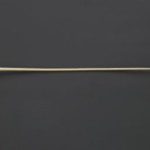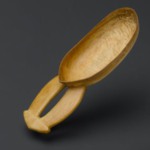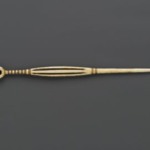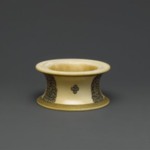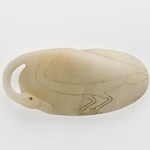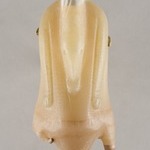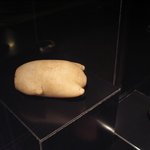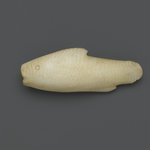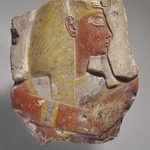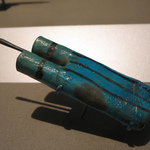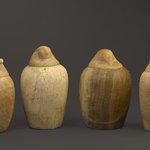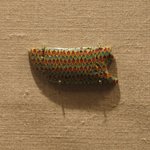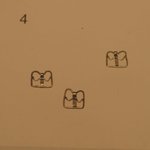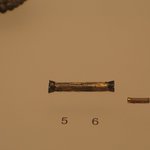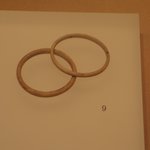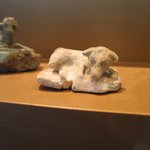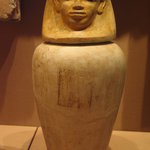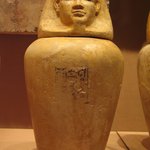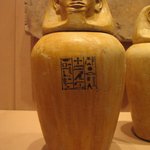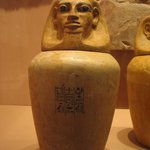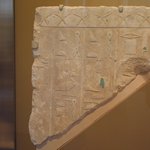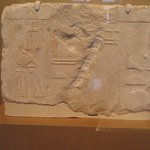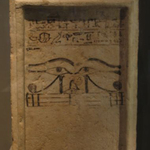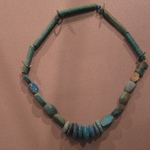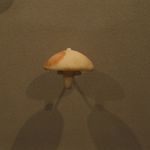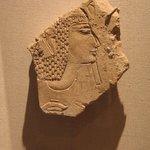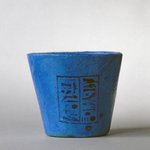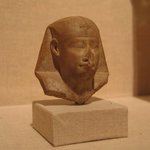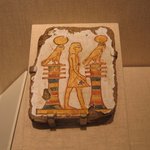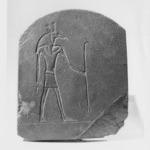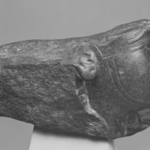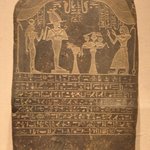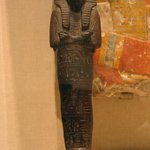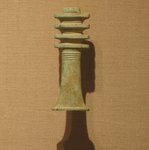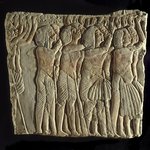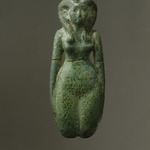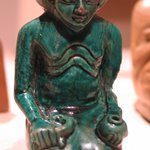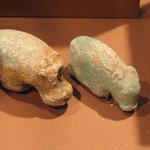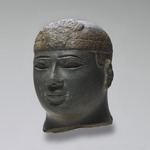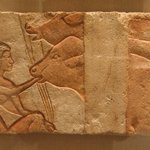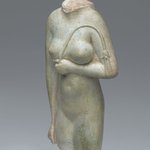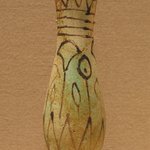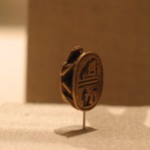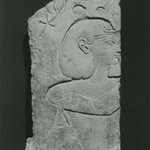

Spoon, ca. 1336–1327 B.C.E. Ivory, 2 9/16 x 11/16 x 8 3/16 in. (6.5 x 1.8 x 20.8 cm). Brooklyn Museum, Charles Edwin Wilbour Fund, 42.411. Creative Commons-BY (Photo: Brooklyn Museum, 42.411_SL1.jpg)

Spoon, ca. 1336–1327 B.C.E. Ivory, 2 9/16 x 11/16 x 8 3/16 in. (6.5 x 1.8 x 20.8 cm). Brooklyn Museum, Charles Edwin Wilbour Fund, 42.411. Creative Commons-BY (Photo: , CUR.42.411_NegA_print_bw.jpg)
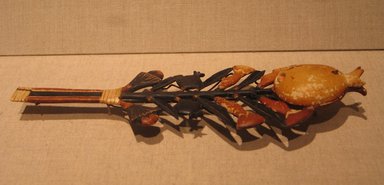
Spoon, ca. 1336–1327 B.C.E. Ivory, 2 9/16 x 11/16 x 8 3/16 in. (6.5 x 1.8 x 20.8 cm). Brooklyn Museum, Charles Edwin Wilbour Fund, 42.411. Creative Commons-BY (Photo: Brooklyn Museum, CUR.42.411_wwg8.jpg)
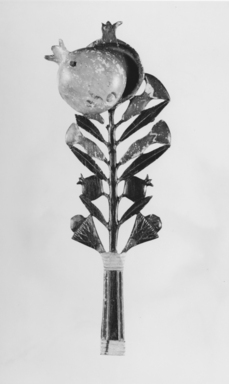
Spoon, ca. 1336–1327 B.C.E. Ivory, 2 9/16 x 11/16 x 8 3/16 in. (6.5 x 1.8 x 20.8 cm). Brooklyn Museum, Charles Edwin Wilbour Fund, 42.411. Creative Commons-BY (Photo: , CUR.42.411_NegD_print_bw.jpg)
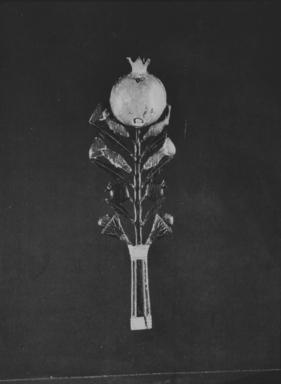
Spoon, ca. 1336–1327 B.C.E. Ivory, 2 9/16 x 11/16 x 8 3/16 in. (6.5 x 1.8 x 20.8 cm). Brooklyn Museum, Charles Edwin Wilbour Fund, 42.411. Creative Commons-BY (Photo: , CUR.42.411_NegE_print_bw.jpg)

Spoon, ca. 1336–1327 B.C.E. Ivory, 2 9/16 x 11/16 x 8 3/16 in. (6.5 x 1.8 x 20.8 cm). Brooklyn Museum, Charles Edwin Wilbour Fund, 42.411. Creative Commons-BY (Photo: , CUR.42.411_NegF_print_bw.jpg)
Spoon
Egyptian, Classical, Ancient Near Eastern Art
On View: 19th Dynasty to Roman Period, Martha A. and Robert S. Rubin Gallery, 3rd Floor
The late Eighteenth Dynasty was one of the the most flamboyant and excessive periods of design in Egyptian history. This spoon demonstrates the dominant aesthetic of the day: the complementary union of naturalistic elements, formal design, and excessive, stylized detailing.
The motif is a pomegranate branch terminating in a huge reddish-yellow fruit that swivels on a tiny pivot to reveal the bowl of the spoon. Tiny pomegranates, brightly painted flowers, and slender leaves project from the stem that serves as the handle. Beneath the lowest leaves the artisan has added an extraordinary embellishment: two lotus flowers, each with a Mimispos fruit emerging from it.
Although the individual elements of the spoon are treated with painstaking attention to detail, the design itself is pure fantasy. For example, pomegranate flowers and fruit never appear on a tree at the same time.
